Sea-island tourism - Future of tourism sector
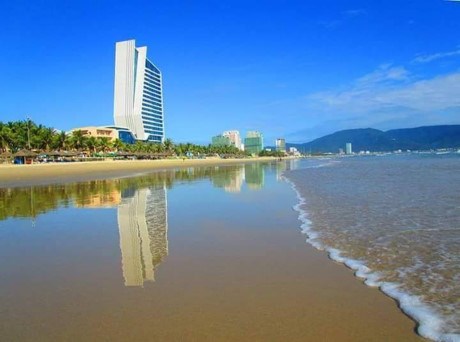 |
| My Khe beach in Da Nang |
Vietnam holds great sea and island potential
Vietnam boasts the greatest sea and island potential among Southeast Asian nations.
It has a coastline of more than 3,260 kilometres and seawater surface of over 1 million square kilometres, dotted with some 2,700 islands of all shapes and sizes.
According to Dr. Du Van Toan, Head of the Division of Marine Resources and Climate Change Research of the Vietnam Institute of Seas and Islands under the Vietnam Administration of Seas and Islands, the sea’s economic value is not only about seafood and oil and gas resources.
For generations, the maritime environment has shaped Vietnam’s culture and beliefs, reflected in traditional festivals, practices, cuisine, folk art and more.
The nation’s history has also been shaped by sea-related economic achievements and national liberation victories.
Vietnam’s coastal areas have nurtured various UNESCO-recognised world natural heritage sites and biosphere reserves, and natural preservation areas.
This maritime value helps Vietnam lead the region in sea-island tourism development, Dr. Du Van Toan told the Vietnam News Agency (VNA).
Deputy General Director of the Vietnam National Administration of Tourism (VNAT) Ngo Hoai Chung said the Government’s master plan for tourism development by 2020 aims to develop seven key tourism zones, of which five are sea-island related zones, reflecting the importance of sea and island tourism.
Beyond tourism revenue, sea and island tourism contributes to the country’s socio-economic development while consolidating national defence and security.
Developing tourism in sea-related areas boosts services and trading, thus creating jobs for local people.
Further, tourism development is also the best way to get people to live and work in remote areas.
The civilian presence of Vietnamese people in far-flung areas is the best way to affirm and guard Vietnam’s sea and island sovereignty, Chung said.
Taking full advantage of the coastline
Along the country’s coastline, there are 125 tourism beaches. Among them, Da Nang beach was voted by Forbes magazine as one of the six most charming beaches on the earth.
Ha Long Bay, the UNESCO-recognised world natural heritage in Quang Ninh, and Nha Trang Bay in Khanh Hoa are also among the globe’s most beautiful bays.
According to Chung, to fully exploit coastal potential, priority has been given to developing three marine tourism hubs, namely Ha Long Bay, Da Nang, and Nha Trang Bay, serving high-end demand and Meetings, Incentives, Conferences, and Events (MICE).
Investment has also been poured into such promising beaches as Sam Son in Thanh Hoa, Non Nuoc and My Khe in Da Nang, Mui Ne in Binh Thuan, and Vung Tau in Ba Ria-Vung Tau.
Sea and island tourism has also drawn a large number of foreign and domestic investors, accounting for 70 percent of the sector’s total investment.
Vingroup owns 6,000 suite rooms in Phu Quoc island and another 4,000 in Nha Trang. The FLC Group poured 5.5 trillion VND (242 million USD) into a five-star resort with a golf course in Sam Son, Thanh Hoa province.
The Platinum Dragon Empire Group spent 550 million USD on the Wonderful World Theme Park project in Ba Ria-Vung Tau.
The biggest projects, offering the most luxurious tourism products are in sea and island tourism.
The top-notch InterContinental Da Nang Sun Peninsula Resort with 200 rooms overlooking the sea has been named as the world’s Leading Luxury Resort at the World Travel Awards, and several other regional crowns.
Vietnam’s sea waters and beaches host various national and international recreational activities and sport games, contributing to sea-related tourism development.
The reputation of local special seafood and dishes is also buoyed by the development of tourism, such as Nuoc Mam (fish sauce) in Phu Quoc, Cha Muc (chopped squid) in Ha Long, single garlic in Ly Son, swallow’s nest in Nha Trang, and wild honey in Cat Ba.
Developing sea-island tourism sustainably
According to Dr. Du Van Toan from the Vietnam Institute of Seas and Islands, the climate varies region to region, resulting in high biological diversity.
Vietnam’s coastal areas are home to dozens of ecosystems, including coral reefs, seagrass and mangrove forests.
With appropriate approaches to preservation and exploitation, these ecological values offer resources for ecotourism.
However, nature-based tourism development should respect nature, he underlined.
Dr. Duong Van Sau, Dean of the Faculty of Cultural Tourism of the Hanoi University of Culture (HUC) said sea and island ecotourism is new but will be popular in Vietnam.
He also attached significance to the role of enterprises in developing the sector, saying that with the nation’s limited financial and sci-technological resources, strategic investors will help Vietnam enhance its sea and island tourism reputation.
Financially and technologically capable and experienced firms will help fully exploit sea and island tourism potential, said Sau, suggesting the Government take caution in selecting investors, licensing projects and products, even in allowing tourists to explore sea and island areas.
In order to realise Politburo Resolution No. 08 on making tourism a spearhead sector, the sector needs to ensure strong, steady and sharp criteria.
Vietnam’s tourism potential is strong, and the sector’s pace of development has so far been steady.
The rest is being sharp, Dr. Sau commented, expressing his belief that sea and island tourism is what makes the sector sharp.
What the stars mean:
★ Poor ★ ★ Promising ★★★ Good ★★★★ Very good ★★★★★ Exceptional
Latest News
More News
- Phu Quoc named as one of Asia's 'Best Islands' (March 13, 2025 | 10:24)
- Visa realignment considered towards more foreign visitors (March 12, 2025 | 14:59)
- Vietnam ripe for ultra-rich tourism boost (March 12, 2025 | 14:31)
- Riot Games selects Cat Ba Island as setting for new TV series (March 12, 2025 | 10:57)
- Vietnam welcomes nearly 1.9 million foreign visitors in February (March 11, 2025 | 11:29)
- Trang An Landscape Complex tagged with economic value of $213 billion (March 08, 2025 | 16:00)
- Vietnam rolls out visa-free travel for select European nations (March 06, 2025 | 10:32)
- Friendliness bringing visitors back to Vietnam (March 06, 2025 | 10:14)
- Regions transformed with targeted tourism (March 06, 2025 | 10:10)
- Farming meets tourism, how Vietnam is cultivating new travel experiences (March 06, 2025 | 10:03)




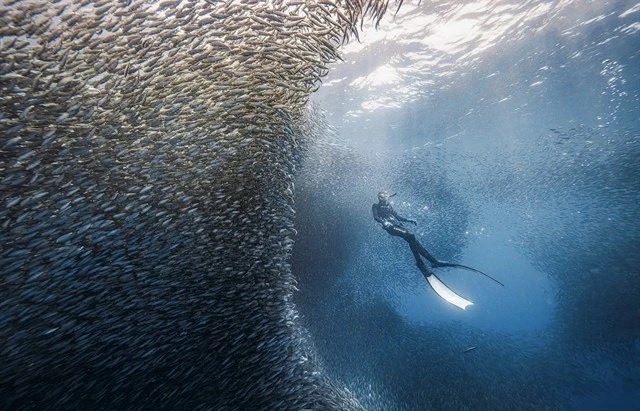

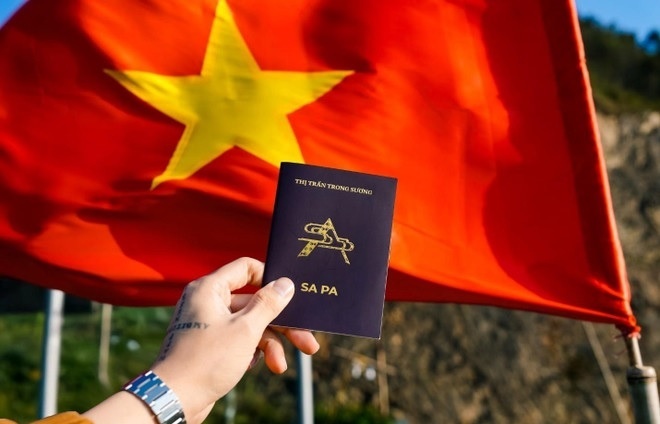
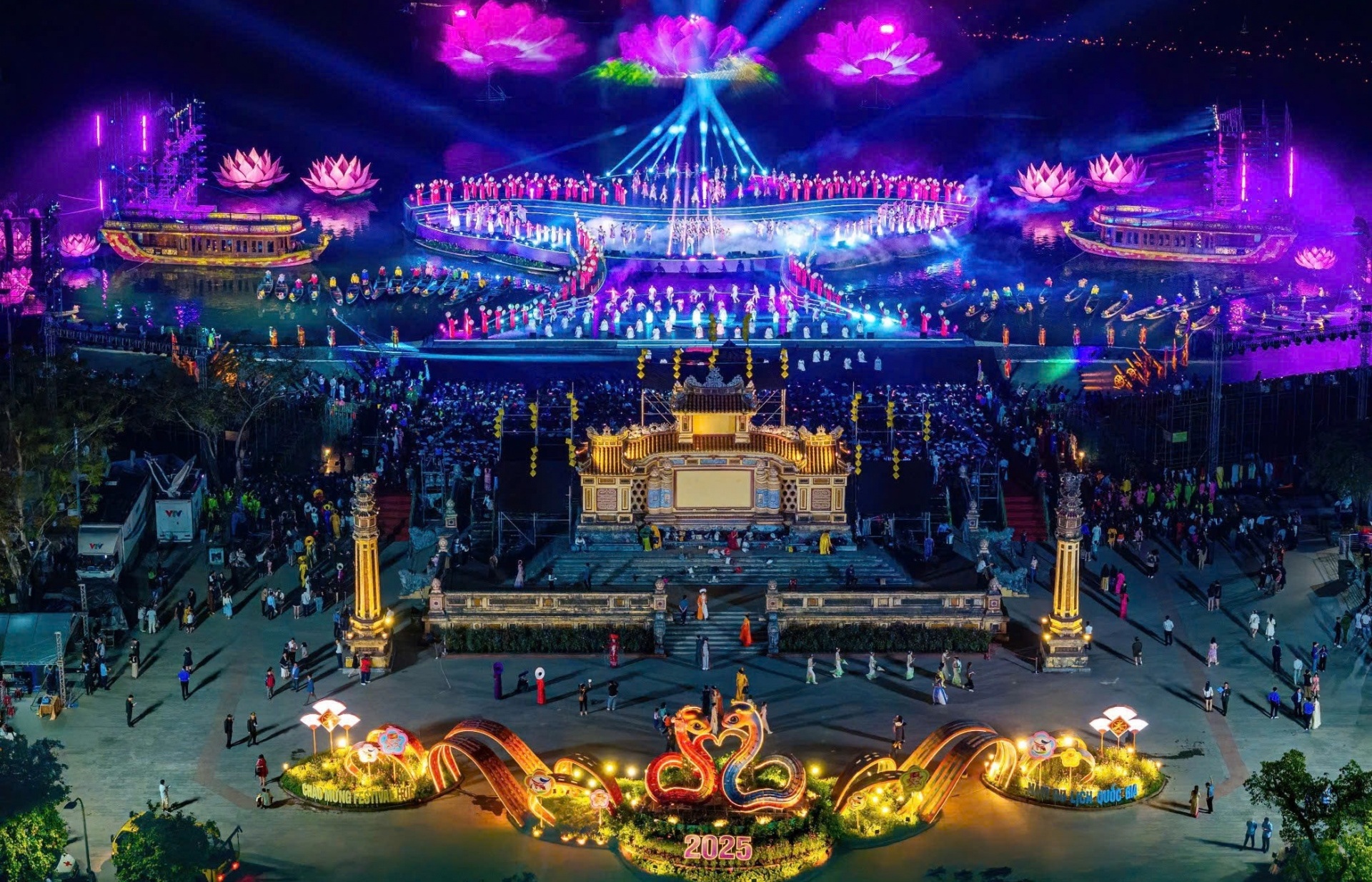
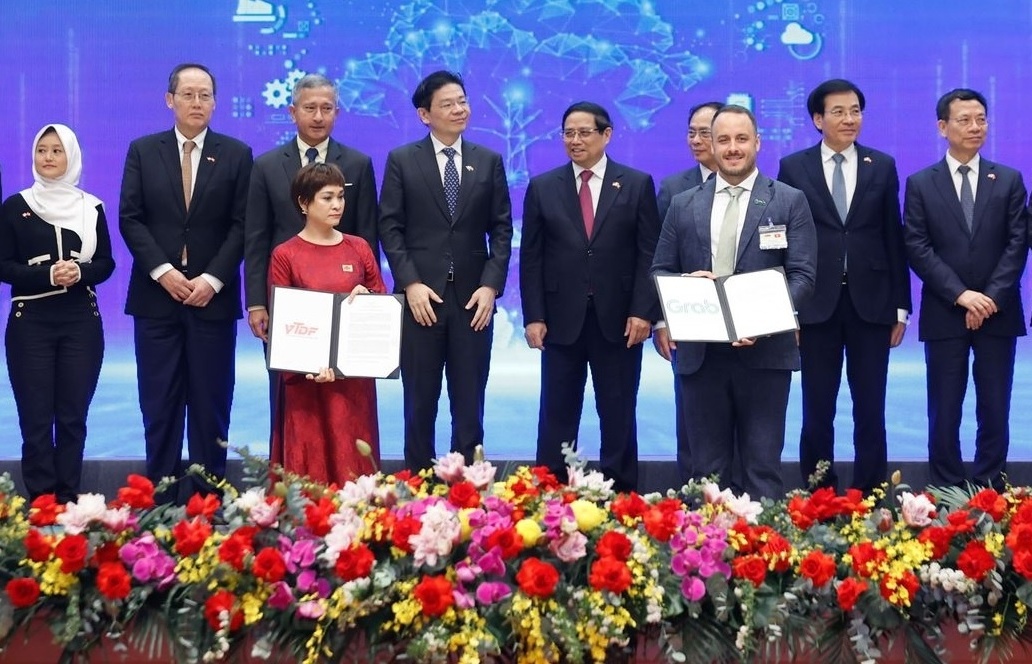
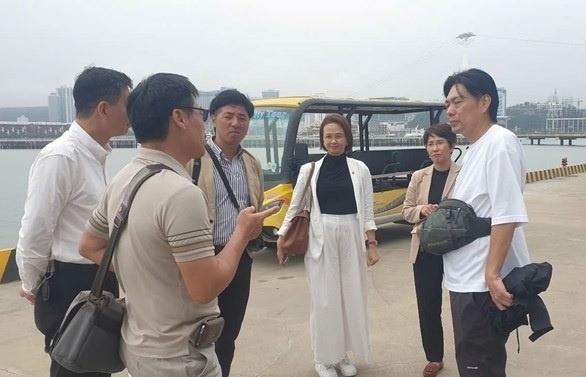








 Mobile Version
Mobile Version